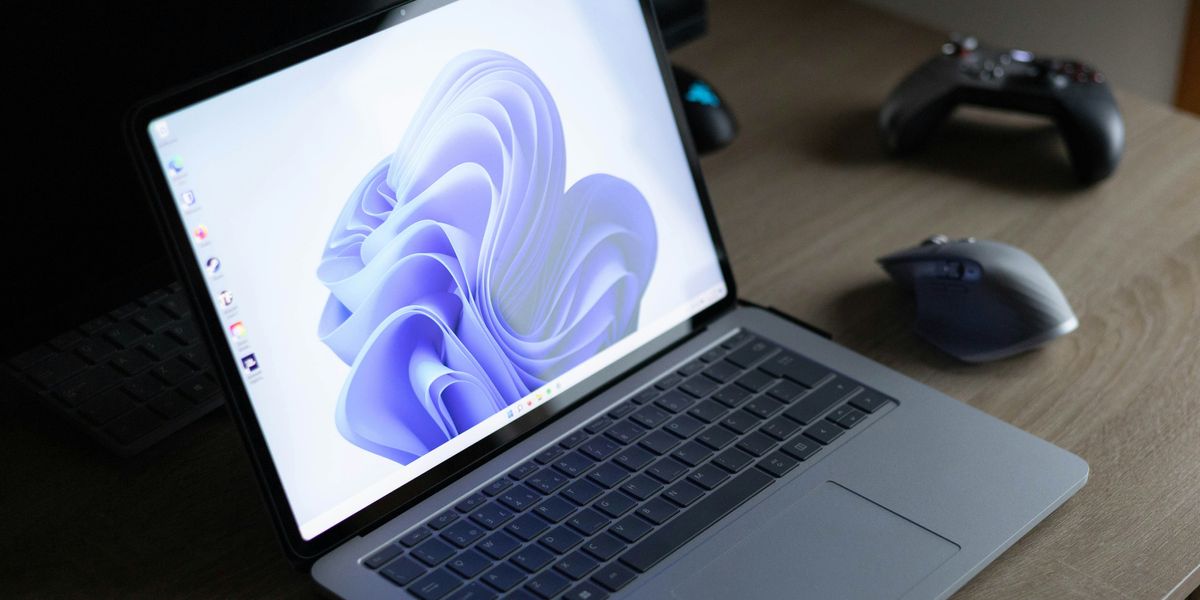The Windows 10 to Windows 11 Transition: What You Need to Know
As the clock ticks down to the end of support for Windows 10 in October 2025, Microsoft has issued a controversial recommendation to its millions of users: if your laptop or desktop PC is at risk of losing critical updates, it’s time to consider purchasing a new model powered by Windows 11. This guidance has sparked discussions about the implications for users, the environment, and the future of computing.
The End of an Era: Windows 10 Support
Windows 10 has long been the most popular desktop operating system globally, but as Microsoft prepares to phase it out, users are faced with a crucial decision. After October 2025, Microsoft will cease to provide critical software updates, leaving Windows 10 machines vulnerable to viruses, malware, and other security threats. Users can either opt for an Extended Security Update (ESU) subscription, which costs £337 for an additional three years of updates, or upgrade to Windows 11 for free—assuming their hardware meets the stringent requirements.
The Push for New Hardware
Unfortunately, many existing Windows 10 devices do not meet the minimum specifications for Windows 11, which include a 64-bit processor, at least 4GB of RAM, and 64GB of storage. More controversially, Windows 11 requires TPM 2.0 and Secure Boot capabilities, features that are absent in many older PCs. As a result, Microsoft’s recommendation to purchase new hardware has raised eyebrows, particularly in light of environmental concerns regarding electronic waste and the financial burden on consumers during challenging economic times.
Analysts at Canalys Research have warned that Microsoft’s decision could lead to as many as 240 million laptops being discarded, contributing to a growing e-waste crisis. Critics argue that the push for new devices could exacerbate the environmental impact of technology consumption.
The Allure of Windows 11
For those who can upgrade, Windows 11 offers a fresh and modern interface that reimagines the user experience. The Start Menu has been relocated to the center of the screen, providing a more streamlined look reminiscent of macOS. The operating system features rounded corners, transparent elements, and customizable Light and Dark Modes, enhancing visual appeal and usability.
Windows 11 also introduces Copilot, Microsoft’s latest AI assistant, which can assist users in finding documents, changing system settings, and even translating text in real-time. The Snap functionality has been improved, allowing users to organize applications more efficiently, and the return of widgets provides personalized feeds of news, weather, and other relevant information.
Navigating the Upgrade Path
For users with pre-Windows 10 systems, the upgrade path is even more complex, as Microsoft does not offer a free upgrade option. Instead, users must either purchase Windows 11 or invest in a new device that meets the stringent criteria. For those who find themselves unable to upgrade due to hardware limitations, Microsoft’s PC Health Check app can help determine compatibility, while third-party tools like WhyNotWin11 can provide additional insights.
While some users have discovered unofficial workarounds to bypass the eligibility checks, these methods can lead to future update issues and are not recommended for the average user.
The Future of Computing: Copilot+ PCs
As part of its push for innovation, Microsoft has introduced a new category of devices known as Copilot+ PCs. These machines are designed to leverage advanced AI capabilities, featuring a dedicated Neural Processing Unit that enhances performance and enables exclusive features like real-time translation and image generation from text prompts. The introduction of a dedicated Copilot key on the keyboard marks a significant change in the Windows layout, the first since the Start key was introduced in 1994.
Microsoft’s Copilot+ PCs promise to deliver an unparalleled computing experience, with powerful hardware capable of executing over 40 trillion operations per second. These devices are already available from major manufacturers, including Microsoft’s own Surface Laptop and Surface Pro, as well as offerings from Samsung, ASUS, Lenovo, and HP.
Conclusion: A Critical Decision Ahead
As the deadline for Windows 10 support approaches, users must weigh their options carefully. The decision to upgrade to Windows 11 or invest in a new device is not just a matter of functionality; it also carries implications for security, usability, and environmental sustainability. While Windows 11 offers a host of new features and improvements, the transition may not be feasible for everyone, particularly those with older hardware.
Ultimately, the shift from Windows 10 to Windows 11 represents a pivotal moment in the evolution of personal computing. As users navigate this transition, they must consider not only their immediate needs but also the broader impact of their choices on the environment and the future of technology.
